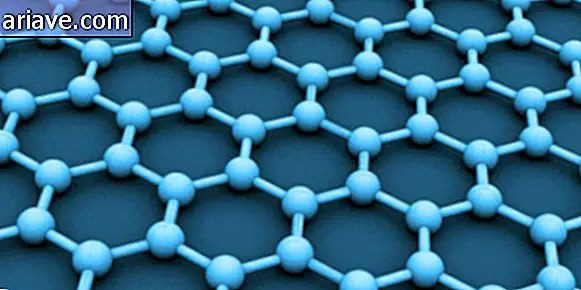A thousand and one uses: graphene can also eliminate radioactivity from water

Graphene has been shown to be an extremely versatile material and can be applied to a variety of technologies. And, according to people at the gizmag site, researchers at Rice University in the US and Moscow State University in Russia have found one more use for this supermaterial.
According to the publication, a study by the researchers revealed that graphene oxide can also be employed to remove radioactive materials from water. The scientists used flakes from the supermaterial, noting that this substance causes toxins in water — whether natural or man-made — to agglomerate into larger particles, facilitating the process of collection and disposal.
A thousand and one Utilities
As the researchers explained, graphene works much more efficiently than the compounds currently used to deal with water contamination, even in the presence of other chemical elements. The resulting particles remain radioactive, but graphene can easily be collected and burned later, resulting in a single solid block that can be disposed of properly or reused.
The researchers point out that the new technique can be used in the case of nuclear disasters such as the one in Fukushima, as well as in obtaining rare radioactive materials that occur naturally on Earth. The method can also be employed to remove toxins from operations known as hydraulic fractures, which serve to extend the extraction of natural gas and petroleum present underground.











